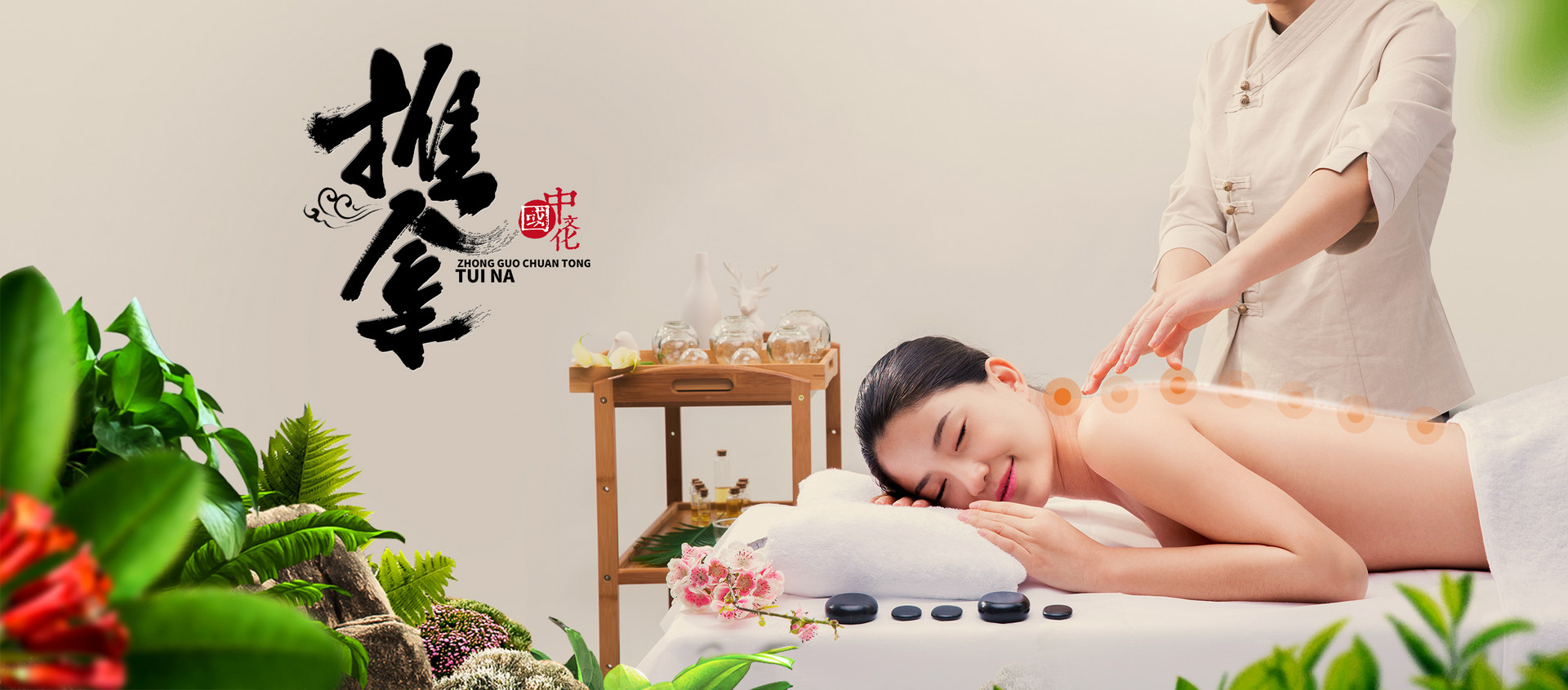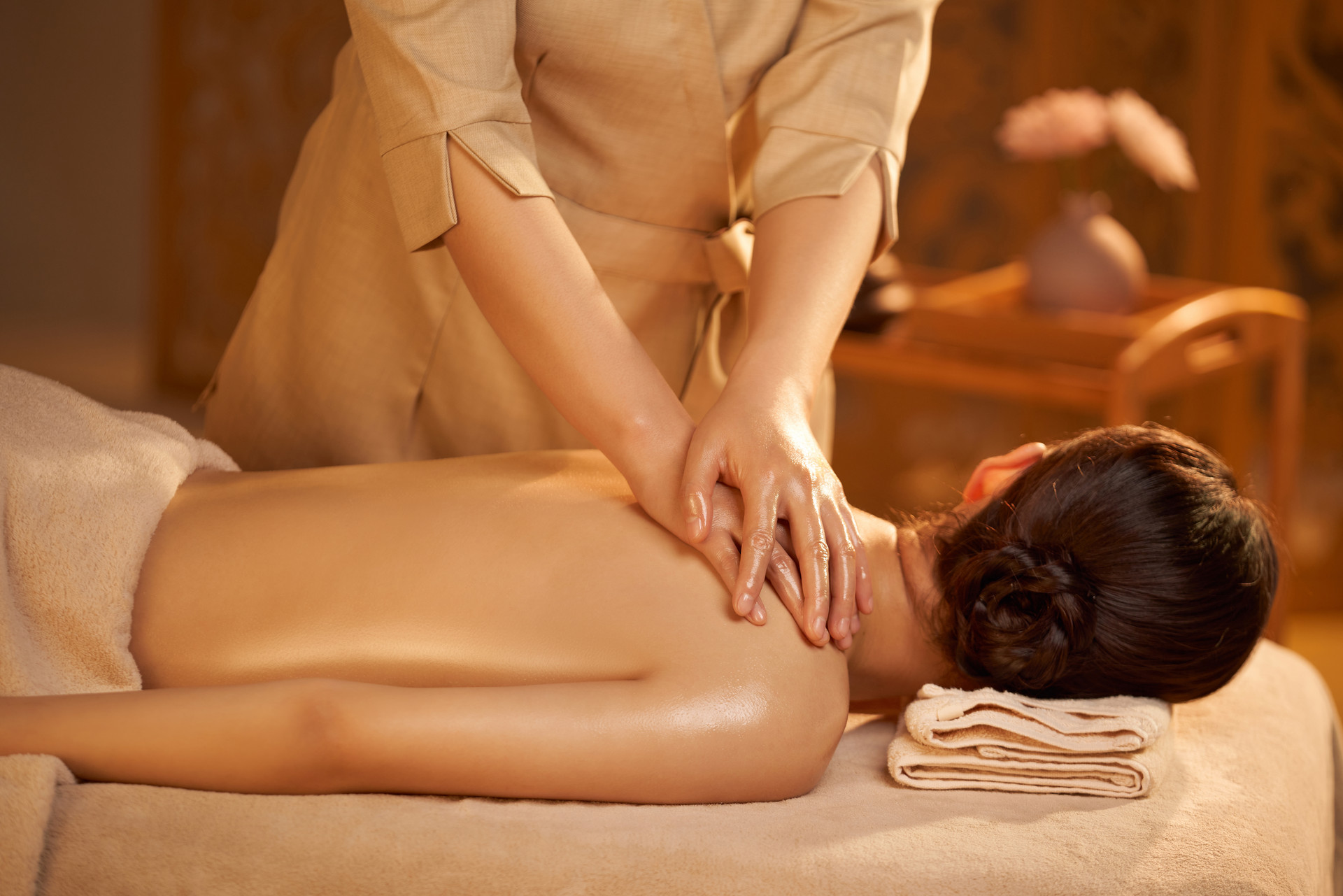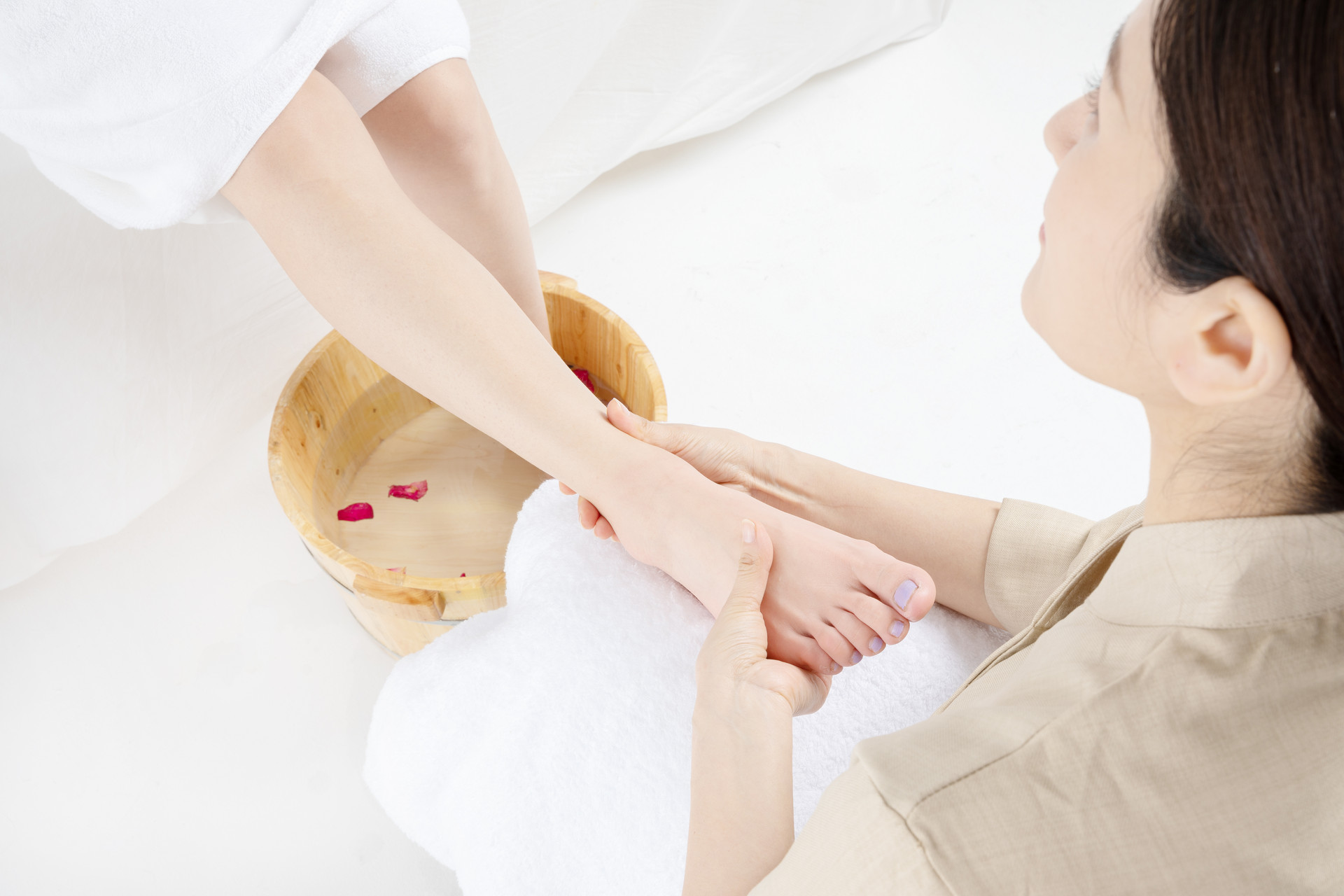Editor's Note: Massage therapy originated from traditional Chinese medicine, so you can see the shadow of Tui Na in massage therapy. In fact, most of the therapeutic principles of massage are the same as those of Tui Na. What are the differences between massage and Tui Na in terms of treatment principles?
In conditions such as lumbar disc herniation, where the fibrous ring of the intervertebral disc ruptures and compresses the nerve root or spinal cord, causing lower back pain and radiating pain in the lower extremities, the main focus of treatment should be to relieve the compression of the nerve root or spinal cord. Only using manipulative techniques on the lower extremities without relieving the compression would be futile and ineffective.
For some conditions, although massage therapy may only provide symptomatic relief and not address the root cause, it is still important to understand the root cause in order to effectively treat the symptoms.
For example, in the case of a fracture causing pain and swelling, after proper alignment and fixation, combining movement and rest and applying appropriate massage techniques can help reduce swelling, relieve pain, and restore function. However, if the cause of the pain and swelling is not clearly identified as a fracture, hasty massage therapy could delay the diagnosis and worsen the injury.
Therefore, although massage therapy has its limitations as a treatment method, it is still necessary to follow the fundamental principle of "treating the root cause" in the treatment of diseases.
Selecting acupoints and areas is important. For musculoskeletal disorders, local acupoints should be selected because the symptoms often manifest in the area where the muscles, ligaments, and joints are affected.
However, in cases of acute injury with severe local pain and swelling, it is advisable to first use massage techniques on adjacent acupoints and areas until the condition improves slightly, and then focus on the local area. For internal gynecological disorders, attention should be paid to selecting acupoints along the meridians and according to the specific symptoms.
In addition, acupoints can also be selected on the basis of the interconnectedness between the nerves that innervate the internal organs and those that innervate the body surface, in order to stimulate specific points for massage therapy. For pediatric massage therapy, the depth and location of the acupoints to be selected depend on the range of musculoskeletal and internal disorders.
In clinical massage therapy, the following points should also be noted:
1. Massage therapy should not be performed on musculoskeletal disorders caused by tuberculosis or pyogenic bacteria.
2. Massage therapy is generally not recommended for cancer patients.
3. Massage therapy should generally be avoided on areas with skin lesions, open wounds, and burns.
4. Massage therapy should not be performed on sites that are actively bleeding.
5. Dislocations should primarily be treated with reduction techniques.
6. Pregnant women and women during their menstrual cycle should avoid massage therapy on the abdominal and lumbosacral regions.
7. Patients who are hungry or have engaged in intense physical activity should be prevented from fainting during massage therapy.











